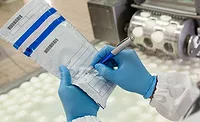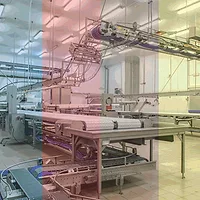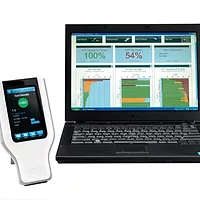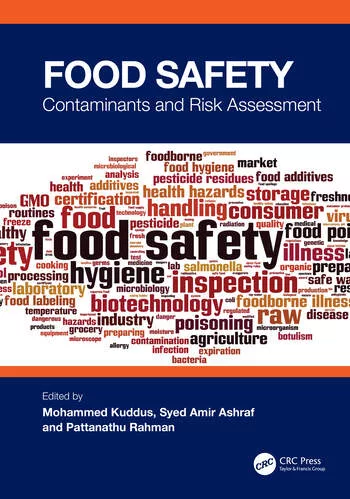Environmental Monitoring Self-Assessment in Preparation for FSMA
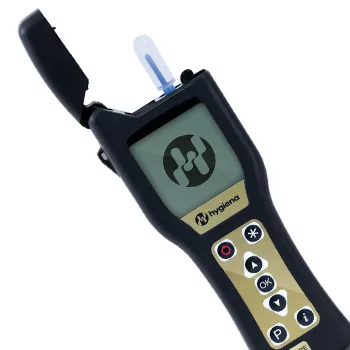
More than 4 years have passed since the Food Safety Modernization Act (FSMA) was signed into law, and the rules affecting food processors are finally imminent. With the focus shifting from reaction to prevention, food processors will carry even greater responsibility for the prevention of adulteration in facilities and final products. FSMA verbiage cites preventive controls may include sanitation procedures, environmental monitoring of pathogen controls, allergen control and current Good Manufacturing Practices (cGMPs), among others. Within the Hazard Analysis and Risk-Based Preventive Controls section of the rules, FSMA states the facility will be responsible for monitoring the effectiveness of the aforementioned preventive controls to verify that the controls are adequately addressing identified hazards. Objectively assessing the hazards in the processing environment is a prudent exercise for any food processor.
Have you identified hazards associated with the environment in which you process your products?
Hazards relating to the manufacturing environment may include adulteration of product from the environment (bacteria, food residues), allergen cross-contamination, etc.
Have you analyzed the risks associated with those hazards?
The probability and severity of the risk will determine the depth and breadth of the preventive controls and verification monitoring program. For aged facilities with older equipment, probability of risk is higher than for new facilities with hygienically designed equipment.
Do you have preventive controls in place to address those identified hazards from the environment?
Environmental monitoring itself is not a control, but a verification of controls such as hygienic design, employee hygiene, cGMPs and Sanitation Standard Operating Procedures (SSOPs). cGMPs and SSOPs are fundamental requirements of a solid food safety program.
How will you validate and then verify the control?
Perform validation when anything changes in the process such as new equipment, cleaning materials, etc. Validate initially, verify regularly. Verification requirements ask, “Are controls being performed as your food safety plan specifies?” You can verify controls by record-keeping, document review, internal auditing or observation.
How will you monitor the effectiveness of controls?
When it comes to designing an environmental monitoring program, there are many questions FSMA has not answered, but has been challenged by industry to address. Hygiena is often asked how to set up and run a thorough environmental monitoring program. Here’s our expert advice:
What should you test for?
Don’t limit your environmental monitoring program to pathogens only! A proactive strategy is to locate potential niches for pathogenic growth and detect areas of potential harborage. Remember, the best defense is a good offense. A robust food safety environmental monitoring program typically includes ATP sanitation monitoring, protein surface testing (allergen screening), environmental allergen test kits and micro-organism testing.
Hygiena EnSURE is a handheld, easy-to-use monitoring system that tests for ATP and microorganisms. Also available are lateral flow allergen test kits and protein surface testing kits that do not require any instrumentation.
Where will you test?
In addition to manufacturing lines where products directly contact surfaces, samples should also be taken from the environment. Refer to zones, considering risks and facility design to determine control points. If you’re not finding Listeria or Salmonella in the areas you’re testing, look elsewhere. Corrective actions should always be in place and well documented for positive findings.
How often should you test/how much?
Depending on the test being performed, environmental samples should be taken after sanitation, before start-up and during processing. Software tools like Hygiena’s SureTrend help you gain statistical test coverage of locations based on risk rank and hygienic zones. Depending on your manufacturing schedule, volumes and changeover frequency, microorganism testing may be daily or weekly. Now that environmental test kits are so much more affordable and easy to use, bringing micro testing in-house is reasonable.
How fast can you get results?
With novel development in microorganism testing like the MicroSnap line from Hygiena, results are available in 8 hours or less. Many formats are AOAC-RI-validated methods for products and environmental samples with results in 6–8 hours, including enrichment. This technology is evolving to include 2–5-hour tests designed specifically for surface detection.
What will you do with all the data?
Another facet of FSMA is the record-keeping requirement. Complementary software tools compatible with monitoring systems, like Hygiena SureTrend, store environmental monitoring test results for trending and long-term analysis. The software also produces sharable preset reports, including corrective action reports useful for FSMA documentation.
For reliable, easy-to-use and affordable environmental monitoring tools, visit hygiena.com or call 1.888.HYGIENA. Food Safety Magazine readers are eligible for samples of any of these products by mentioning this article. Offer valid through November 30, 2015. www.hygiena.com
Looking for quick answers on food safety topics?
Try Ask FSM, our new smart AI search tool.
Ask FSM →



